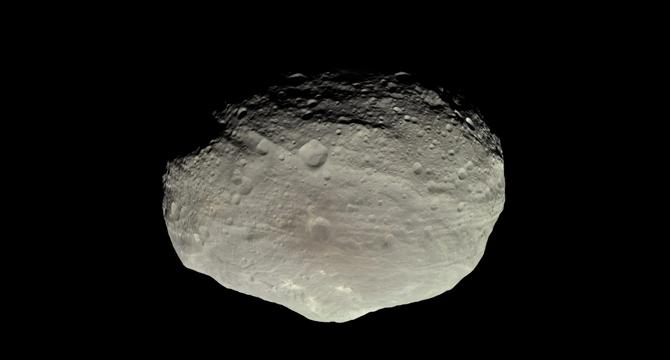Livescience
1M
107

Image Credit: Livescience
Vesta, the 2nd-largest asteroid in the solar system, may be a piece of a lost planet
- Vesta, the second-largest object in the main asteroid belt, is believed to have been on its way to becoming a planet.
- New research based on data from NASA's Dawn mission suggests that Vesta may be more uniform than previously thought.
- Previous beliefs about Vesta included the presence of a core, mantle, and crust, but this new research challenges that notion.
- The research indicates that Vesta's interior may not be as differentiated as previously assumed and may lack a well-defined core.
- The lack of a core on Vesta has surprised scientists and led to the proposal of two hypotheses about its nature.
- One hypothesis suggests that Vesta's differentiation process stalled, while the other proposes that Vesta is a broken-off chunk of a growing planet.
- Further research is needed to determine which hypothesis is accurate and to unravel the mysteries surrounding Vesta's true nature.
- The research challenges the established idea that Vesta is a planetary core that never grew very large, introducing doubt into previously held beliefs.
- Scientists continue to investigate the origins and nature of Vesta, considering its potential significance in the early formation of the Solar System.
- The findings highlight the complex history of Vesta and the unique processes that may have shaped its evolution.
Read Full Article
6 Likes
For uninterrupted reading, download the app